Creating public spaces that are easily accessed by persons of all abilities can present many benefits to your community. From an increased sense of welcoming and belonging to a potential increase in sales at local businesses, enhancing public accessibility is in the best interest of everyone!
Public accessibility goes beyond the benefits for persons with disabilities and finding ways to enhance accessibility in your community may be easier than you think.

Understand Accessibility Compliance
The Americans with Disabilities Act (ADA) is a civil rights law that prohibits discrimination based on disability. This important, and extensive, document outlines all areas of public life to ensure individuals with disabilities are given equal opportunities. This includes public accommodations, transportation, employment, and more.
Understanding what the ADA requires in your place of business or community is the first step to ensuring public accessibility. Understanding the code compliance regulations allows you to take the appropriate steps in providing the best accessibility solutions available.
Install ADA Tiles
As part of the ADA requirements, detectable warning surfaces are required in a myriad of public spaces, including train platforms, crosswalks, parking lots and even escalator approaches. These detectable warning pavers, or ADA tiles, provide a non-visual warning of upcoming changes in the pathway, or potential dangers, such as a sudden drop off or the entrance way into a vehicular roadway, that persons with visual impairments may not be aware of.
The installation of ADA tiles can enhance public accessibility in a number of ways such as allowing persons with visual impairments to safely navigate public spaces unaided, and even calling a pedestrian’s attention to their surroundings. By installing ADA tiles, in accordance with ADA regulations, persons with visual impairments are able to more easily access the businesses and services offered within your community.
Increase Wayfinding Cues
Navigating unfamiliar spaces can be difficult for anyone, regardless of ability, and taking the right steps towards enhancing public accessibility can help! The installation of detectable warning pavers creates a pathway that can easily be followed by all pedestrians.
ADA tiles provide a tactile pathway that is easily differentiated from the surrounding substrate, either felt comfortably under foot or detected using a guidance cane. Wayfinding tiles can be used with truncated dome tiles to create a complete and easy to follow and understand, pathway. This wayfinding cue is also helpful for persons without visual impairments as it provides an easily seen and followed pathway that leads to key points in the space, such as an information desk or bank of elevators.
Ease Mobility
Trying to enhance accessibility in one regard should not negatively affect accessibility in another!
For example, truncated domes on an ADA tile are carefully spaced to ensure strollers, wheelchairs, walkers, and other mobility aids can easily roll over the truncated dome texture without getting stuck. Similarly, ADA tiles are installed flush with the concrete surface in order to eliminate the potential for tripping hazards.
Enhancing public accessibility can provide greater benefits than you may think and could be even easier! The installation of ADA tiles is just one way to reap the benefits of public accessibility and make your community a more welcoming place.
Rely on Access® Tile’s industry leading detectable warning pavers to enhance accessibility. We offer a full range of detectable warning surfaces in a variety of sizes and colors to ensure the perfect solution for every project. Our innovative replicability feature is unmatched by any other tile in the industry and makes installation and replacement a breeze. For existing surfaces, Access® Tile’s surface applied tiles are light-weight and easy to install, without the need to disturb the surrounding substrate.
Reap the rewards of the ultimate solution® in detectable warning systems and choose Access® Tile for your next project!












